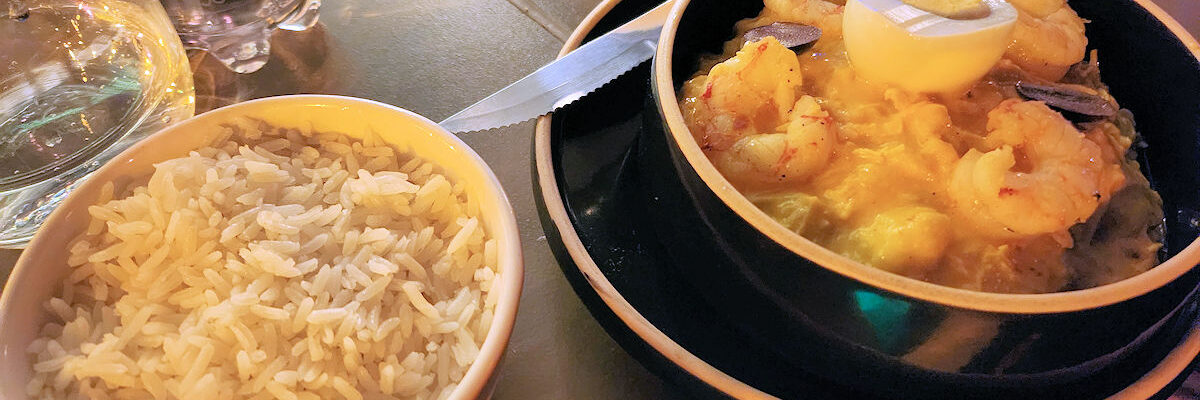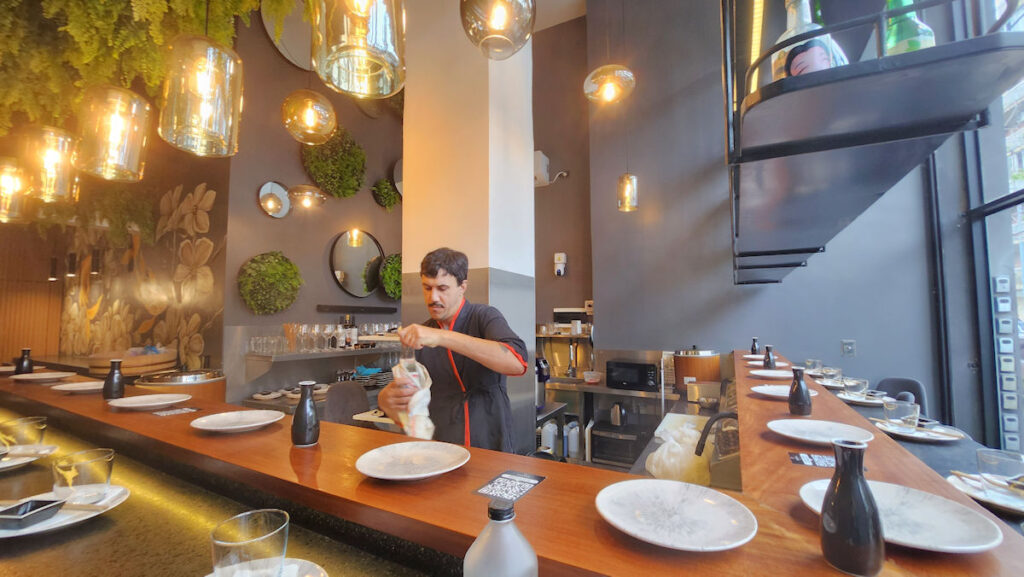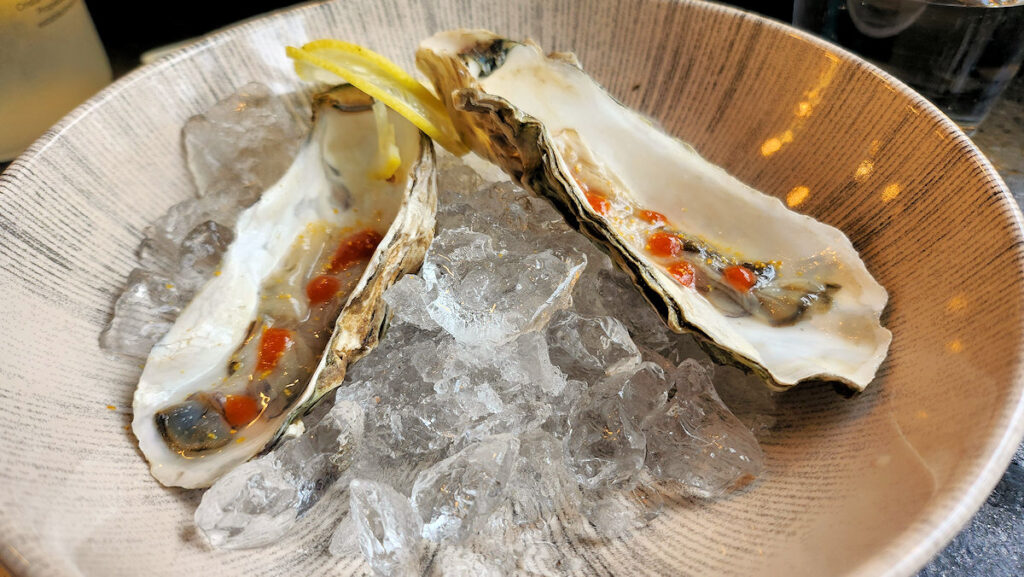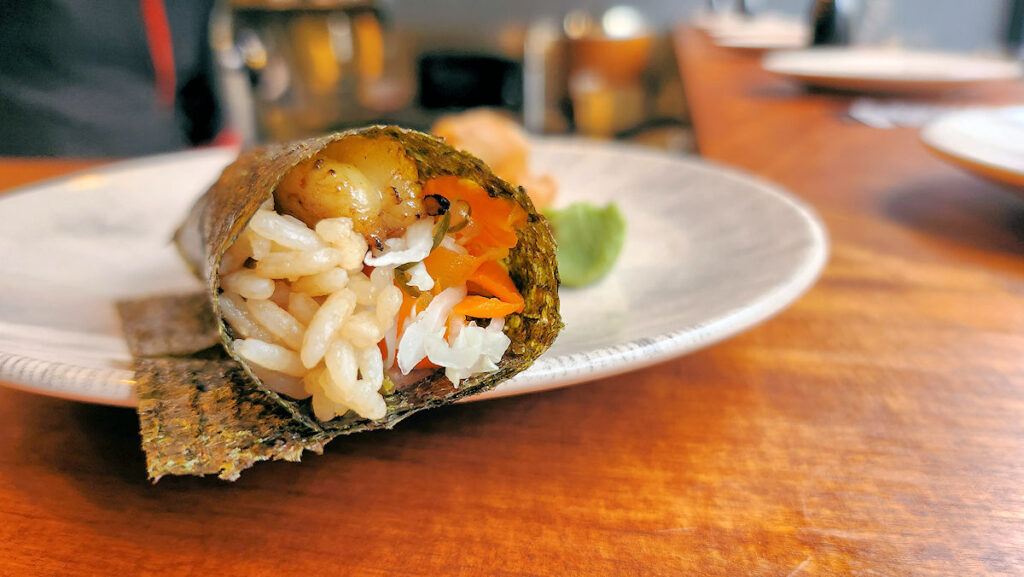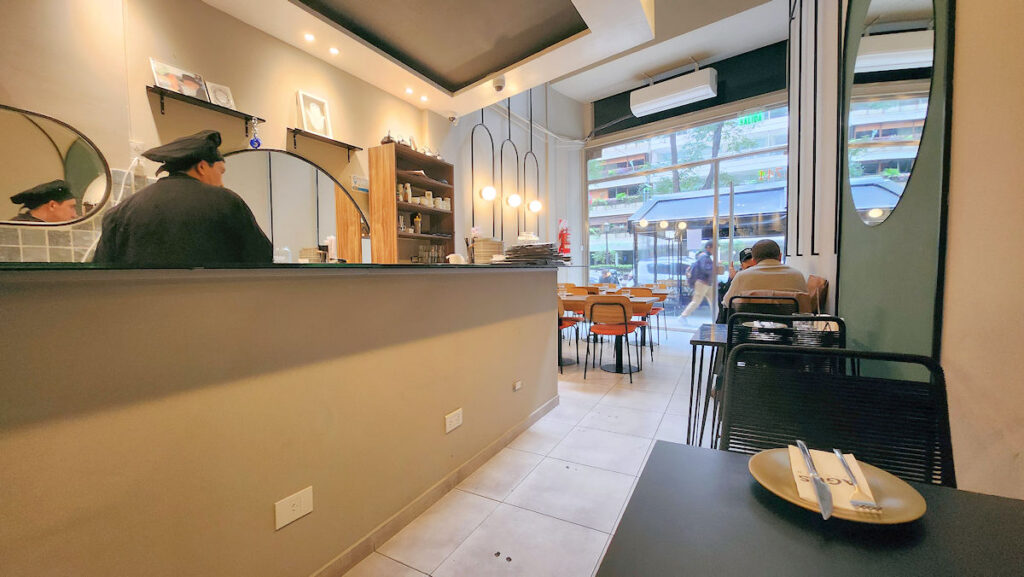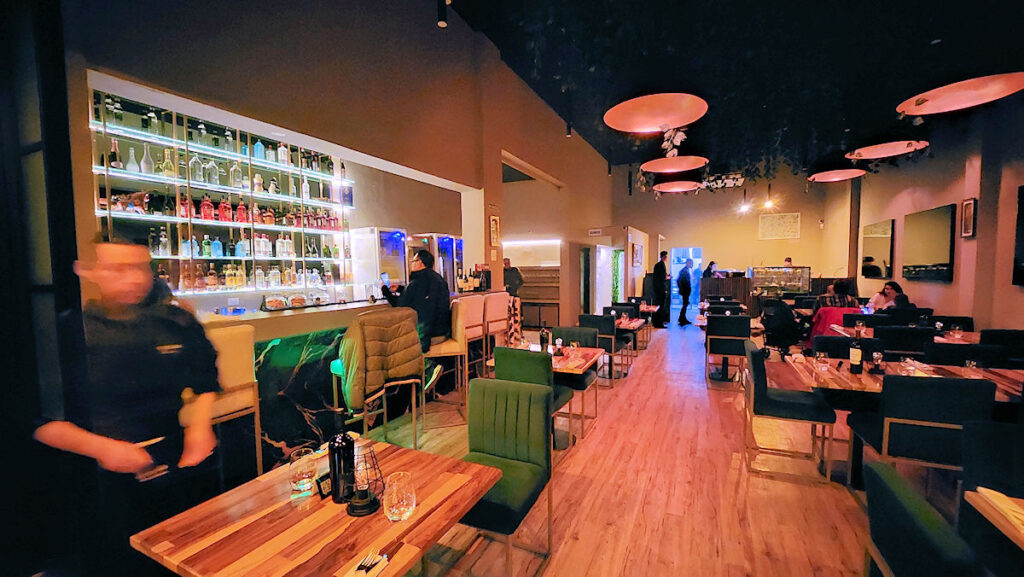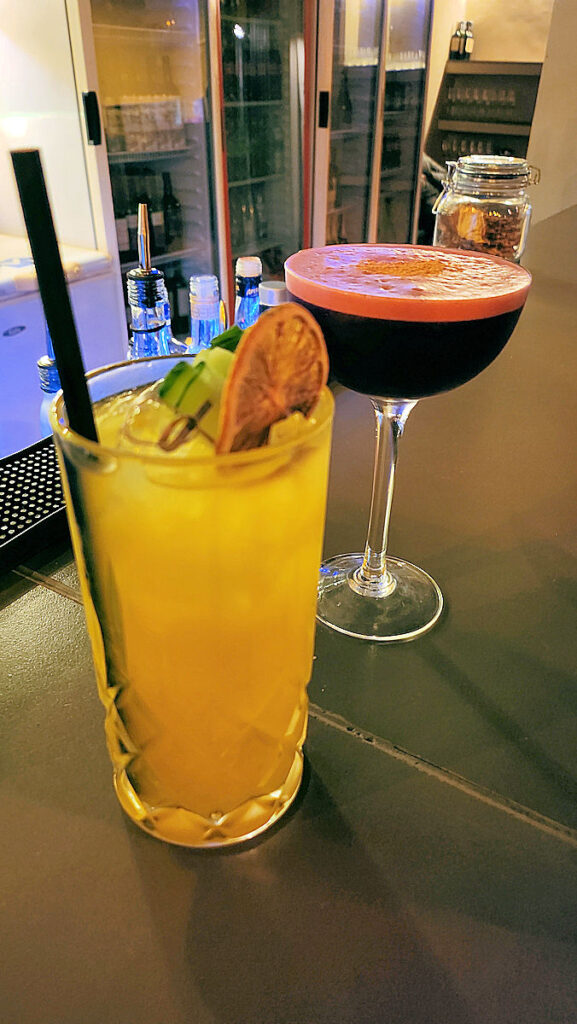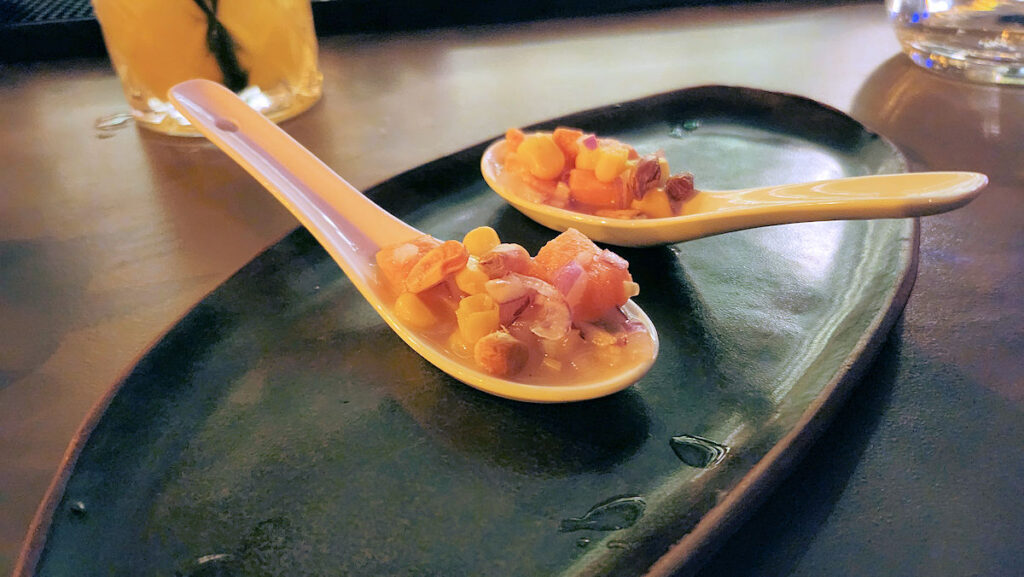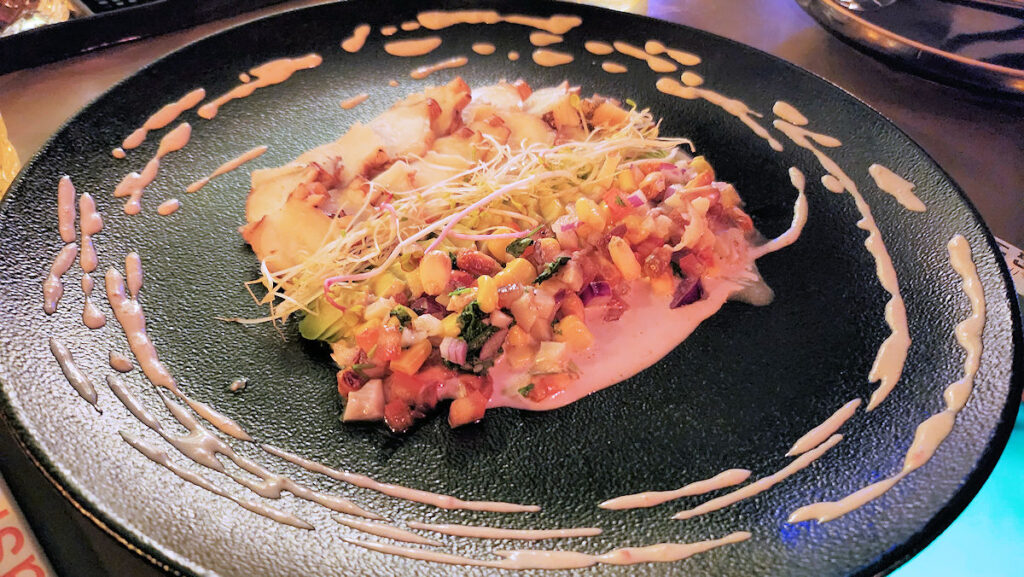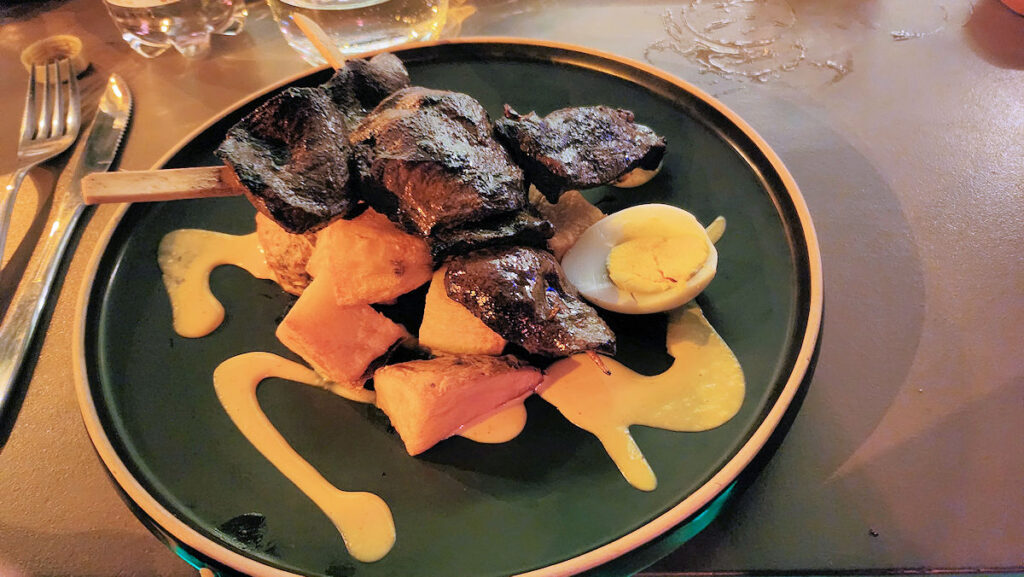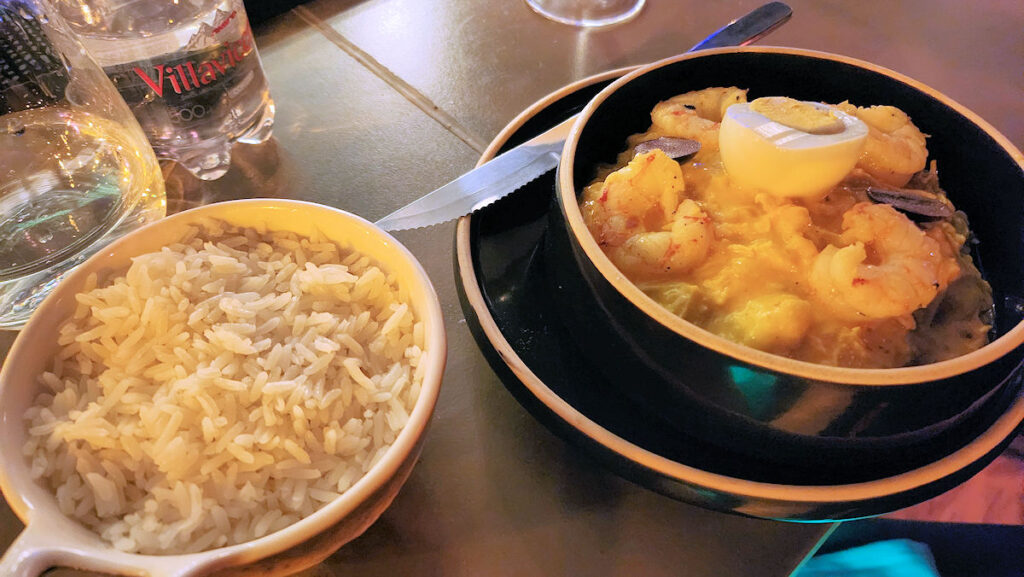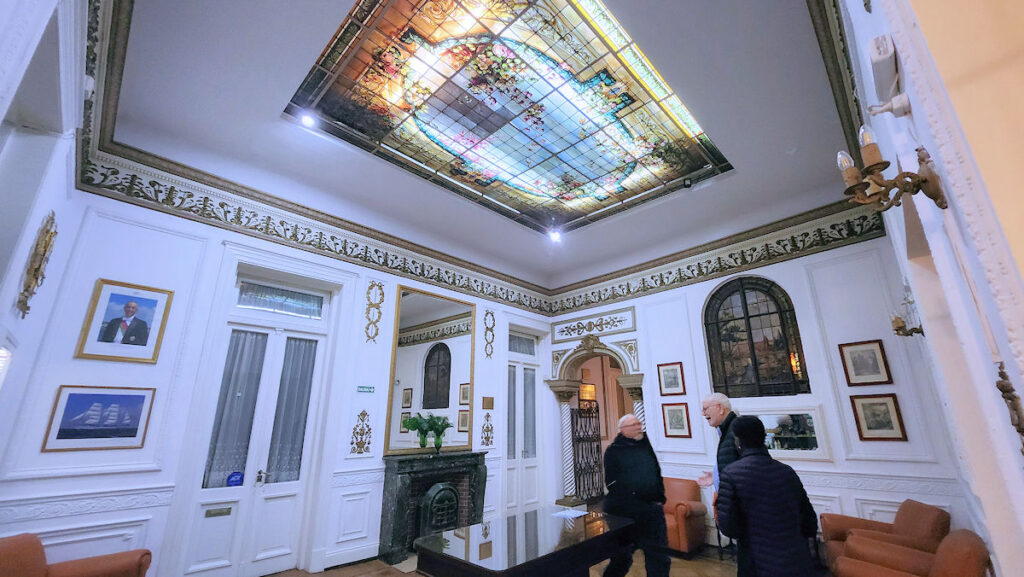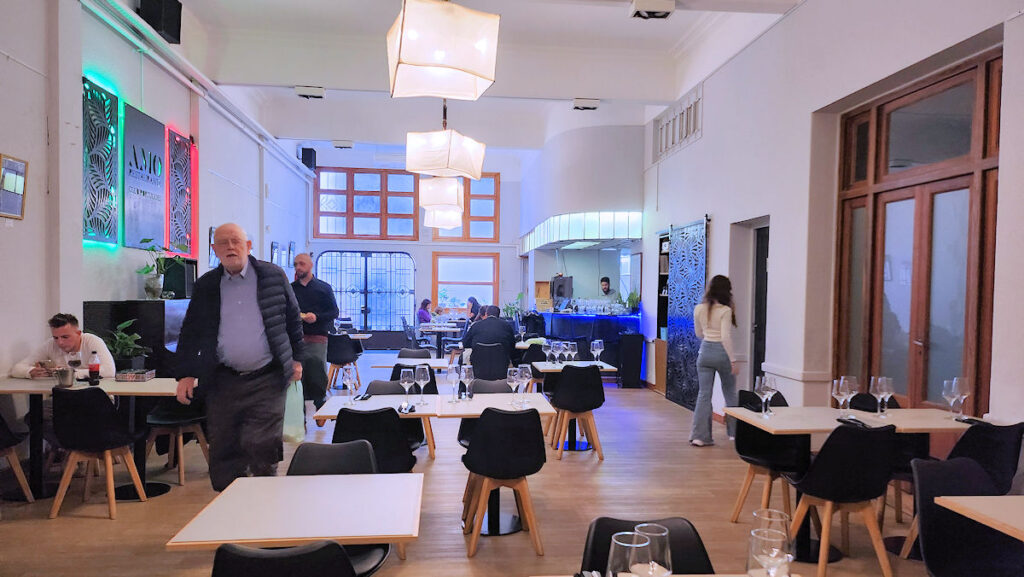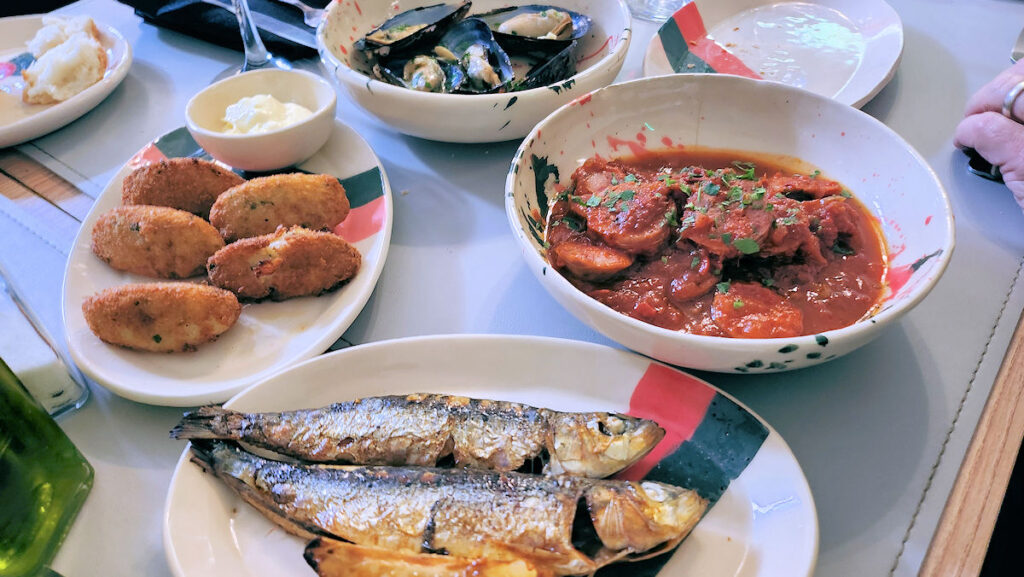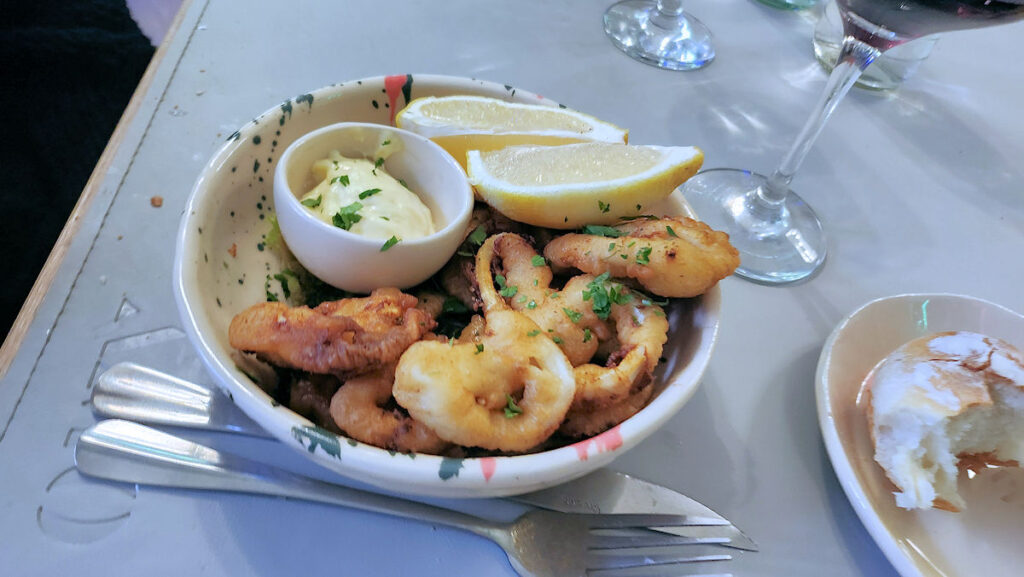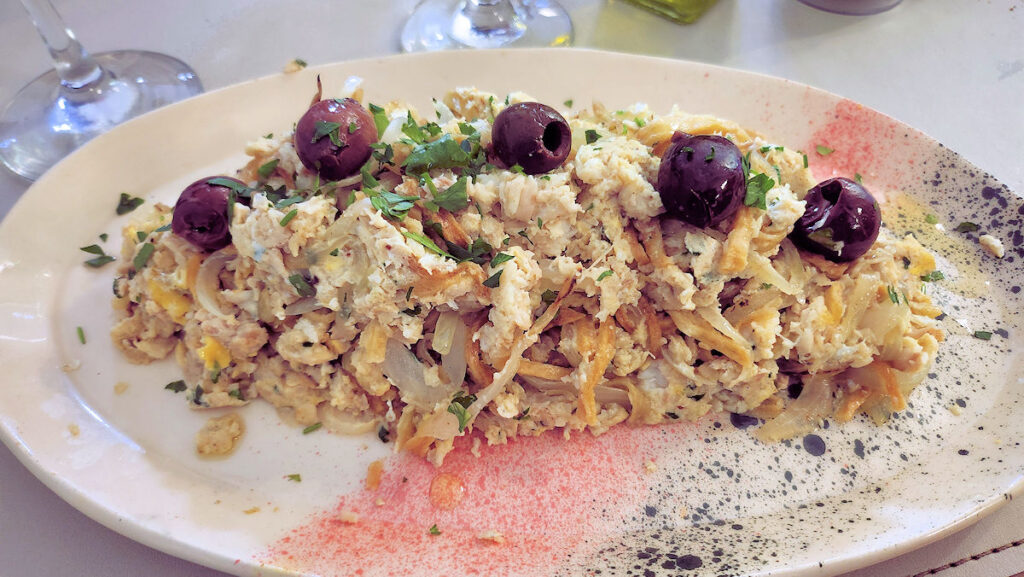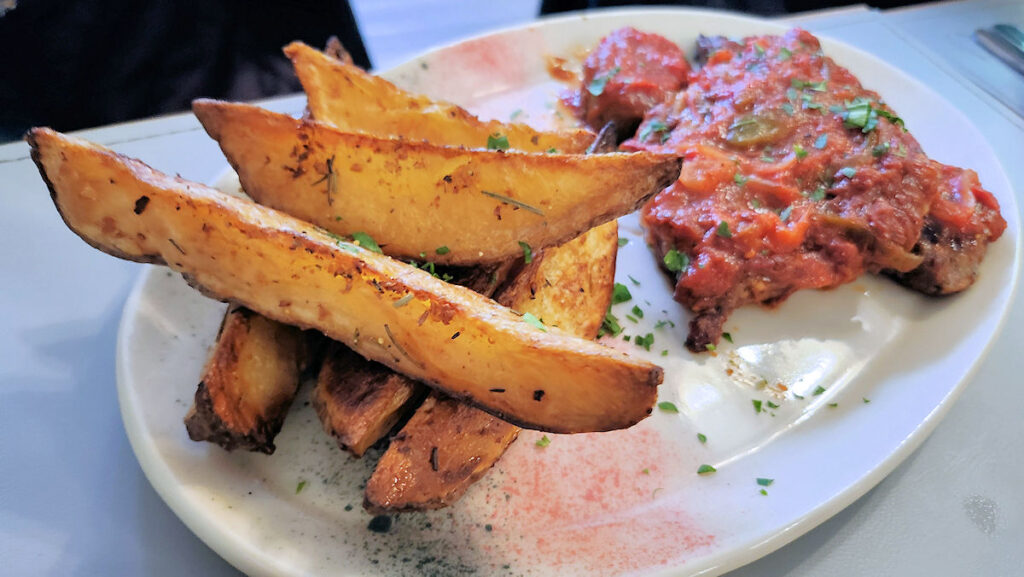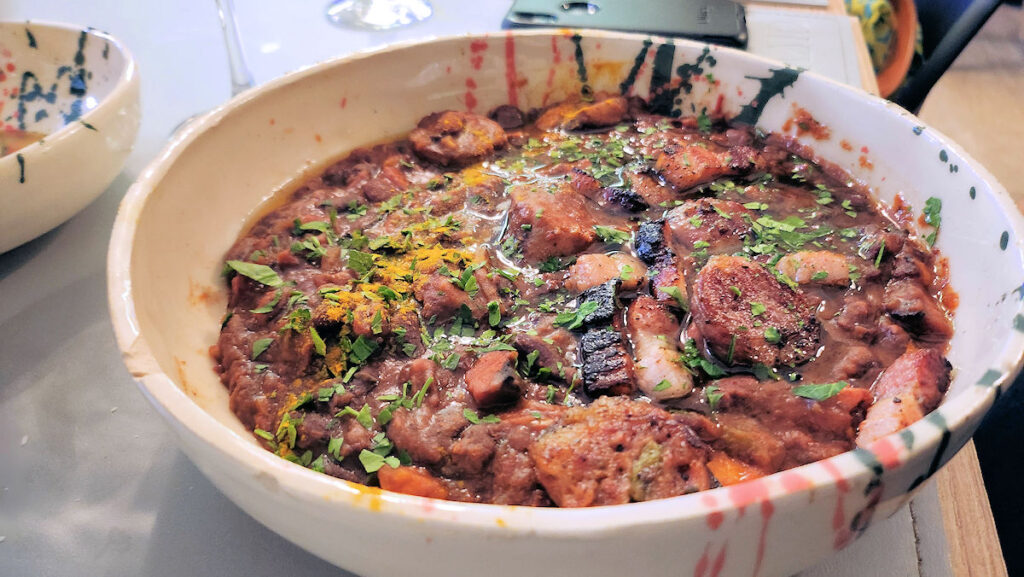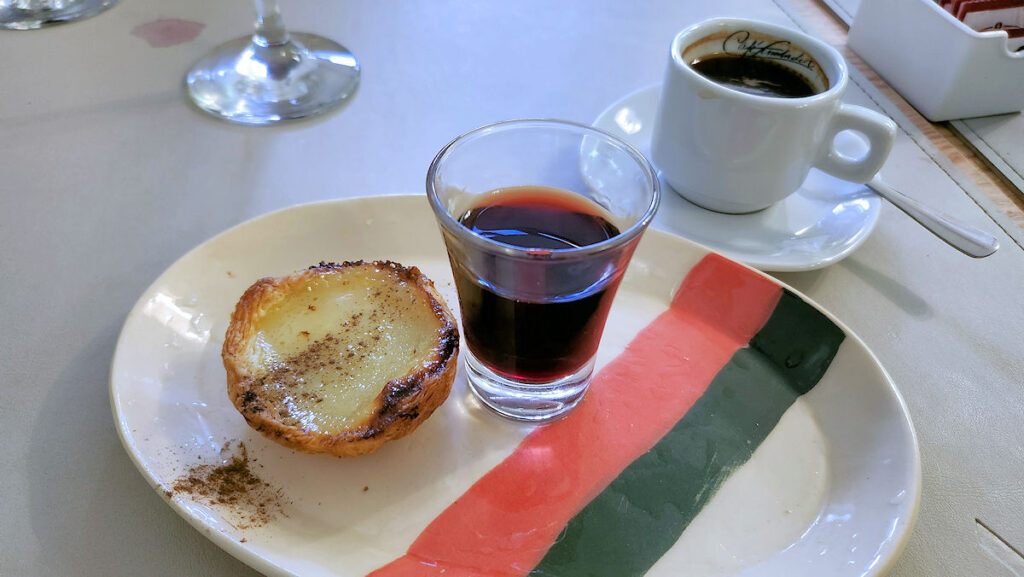Welcome to the Eleventy-first of these entries! Since first encountering the idea in Tolkein, I’ve always liked the idea of an eleventy-one or eleventy-first… anything. I actually have, in the works, a local restaurant guidebook destined to have eleventy-one entries. Just because. Today, we have a very mixed bag of spots. I wanted to slip this in before starting in to posts on vacation dining and sightseeing… (you can stay current by following my Instagram for the highlights). I’m currently writing this from Panama City, where I arrived on Monday. And hey, the canal awaits!
Asiaka, Soler 4767, Palermo – Having recently had a pretty decent encounter with sushi “handrolls” at Norimoto, it seemed incumbent on us to try the other recently opened handroll bar in town. First off, no nonsense about limited time to eat, and having to wait for stool (which might simply be a function of popularity), and a lack of decor and ambiance. This place has some elegance and grace to it, and there’s clearly been some thought put into the look of it. It’s less busy, and less… staffed. This delightful gentleman seemed to be the only employee present on the premises – there might have been a dishwasher somewhere in the back, but we never saw one, nor did he ever communicate with anyone else.
We started, again, with a pair of oysters each. Quite disappointing, to be honest. Not the flavors, which were lemon and sriracha sauce, but these might be the most meager oysters I’ve ever encountered, and a tad pricey at a weird 2820 pesos apiece, just under $3.
We ordered up two of the tastings of handrolls – initially of six, as we’d done at the other place, but these were so good we tacked on another two at the end for the 8-handroll combo at 26280 (again, just a weird number) pesos, just over $26 (a couple of dollars more than the same at Norimoto).
Other than the oysters, and the strange height barstools (the countertop was, well, at nipple level for us) we liked everything about this place more than we liked Norimoto, and it’s far more convenient for both of us, living in Recoleta and Palermo, respectively, and they take reservations.
Agus Kitchen, Olleros 1741, Las Cañitas – This one came up in a discussion about newer spots doing traditional deli fare, in this case, kosher “dairy” (which includes fish, everyone’s favorite milk product – fish gets a sort of universal donor status in kosher law, as it can appear on menus at either dairy or meat restaurants). It turns out that while they do have a quite nice looking deli menu, their primary focus is kosher sushi. But, I was here for a Yonah Schimmel fix.
If you can nail a few certain things, you’re golden in my book, so I went for an array of appetizer type nibbles – a potato knish, a lajmayin, and falafels with baba ganoush and hummus. The knish was a bit doughy for my tastes, not enough filling, and rather tiny for 2200 pesos. The lajmayin, delicious, also a tad small for 1900 pesos. The falafel, pretty darned good. The baba ganoush, excellent. The hummus, a fail – it tasted of nothing but chickpeas and raw garlic and it was dry and pasty. The trio together ran 8200 pesos. Albeit, other than the hummus I enjoyed the flavors of everything, they all needed salt.
Maybe I should have ordered the sushi.
Las Palmeras, Soldado de la Independencia 1073, Las Cañitas – a second trip to the neighborhood in the same week, this time for our weekly date night. This place has a bit of a cult following having started out as a home-based food stand in the middle of Barrio 31 – the shantytown behind the Retiro train station. Chef José Luis Zapata Román made a name for himself and drew people from all around town who were willing to brave their way into the heart of the villa just to try his dishes. It was on my list to try, which translated over to this elegant… no… posh new location.
A couple of excellent cocktails at the bar, along with a fabulous trout ceviche sample convinced us to just stay at the bar, chatting with the bartender while we ate.
We are, once again, dealing with pink lighting. This is a trend that must stop. Hashtag NoMorePinkLighting! A creative take on the classic Peruvian pulpo al olivo, with delicate slices of octopus arrayed alongside a colorful and flavorful salad of corn, onions, tomato, and more, and the whole thing dressed in a creamy mayo lightly tinged with black olive.
Excellent anticuchos de corazón – marinated and grilled skewers of beef heart, cooked perfectly and served with roasted potatoes and a hard-boiled egg. More traditional than the egg is usually a round of roasted or boiled corn, and I kind of missed that. The huancaina sauce – yellow chili and cheese, was spot-on. I should note, none of the dishes are particularly spicy but a wickedly hot rocoto sauce is served up on the side – we went through a couple of dishes of it.
An interesting twist on two classics – ají de gallina and ají de langostinos – the chili and cheese dishes I’ve mentioned many a time before, and respectively with chicken and prawns. Here, he combines the two in an unctuous casserole that has to be one of the best we’ve had.
Beautiful space, impeccable service, fantastic food, what’s not to like? The three dishes above, plus four cocktails, two bottles of water, and tip, and we toddled out of there for 85,000 pesos. Food-wise and cocktail-wise, I think this was the best of the date night locations so far!
Amo Restaurante, Av. Pedro Goyena 1468, Caballito – Located in the Portuguese Club, AMO is currently, as far as I know, the only Portuguese restaurant in town. Honestly, I didn’t know it existed until I stumbled across an Instagram post someone made about it. Given the beautiful foyer space and library, it’s kind of a shame the dining room looks like a badly designed corporate lunchroom. Service is friendly and quick. The menu is roughly half Portuguese specialties and half Argentine every day dishes. The wine list is somewhat for show, as there’s a fair amount on it that they just don’t have.
They offer a sampler of four of their most popular appetizers, intended for 3-4 people, and while we had five of us at the table, we decided to just go with it. Excellent grilled sardines, a wonderful chorizo and tomato stew, okay mussels on the half shell, and, unfortunately, kind of mediocre salt cod fritters. On first arrival, two of the five fritters had frozen centers. The platter was replaced rapidly with five more piping hot ones. Still kind of mediocre. Get the sardines and the chorizo stew!
Weird battered calamari rings – a very spongy dough that had soaked up too much oil. Not a winning dish.
A real classic Portuguese dish – Bacalhau a bras, more or less a scramble of shredded salt cod, onions, potatoes, and egg, garnished with black olives and parsley. They nailed the elements. I’d have liked it a lot more if the onions had been cooked a bit more first, they were limp, but not cooked much more than that. Still, a pretty good dish, and enough for a couple of people to share.
Bifanes are pork shoulder scallops in a stewed tomato gravy – I’d venture the same one incorporated with the chorizos in the appetizers. Along with roasted potatoes, I think this was our favorite dish on the table.
And, a Portuguese version of feijoada. It’s quite different from the Brazilian dish which is usually served as an array of different components – mixed braised meats, innards, and sausages, black beans, couve, or cooked kale, and farofa, a medium ground and toasted yuca root. This was done as a mixed stew of those, but the meats were limited to bacon, chorizo, and some cubes of beef, and no greenery other than parsley, and no farofa. Then again, those aren’t, as best I know, part of the Portuguese version. Basically it was just kind of a bland stew – lacking in seasoning and the flavors of what goes into the Brazilian one. Then again, maybe it’s just AMO’s version that turns out this way.
We finished with a round of pasteles de belem, little custard tarts with the custard set a bit too firmly, but still flavorful, each accompanied by a shot of port; plus some coffees. Add to all of the above (there were two portions of feijoada) a bottle of wine, plus two glasses of wine that had been consumed by two of our group who arrived early, a couple of bottles of water, and tip, and five of us shelled out a mere 102,000 pesos, or 20,400 apiece. Not the best Portuguese food I’ve had, but serviceable, and cheap.
Now, let’s get on to Panama, shall we?
